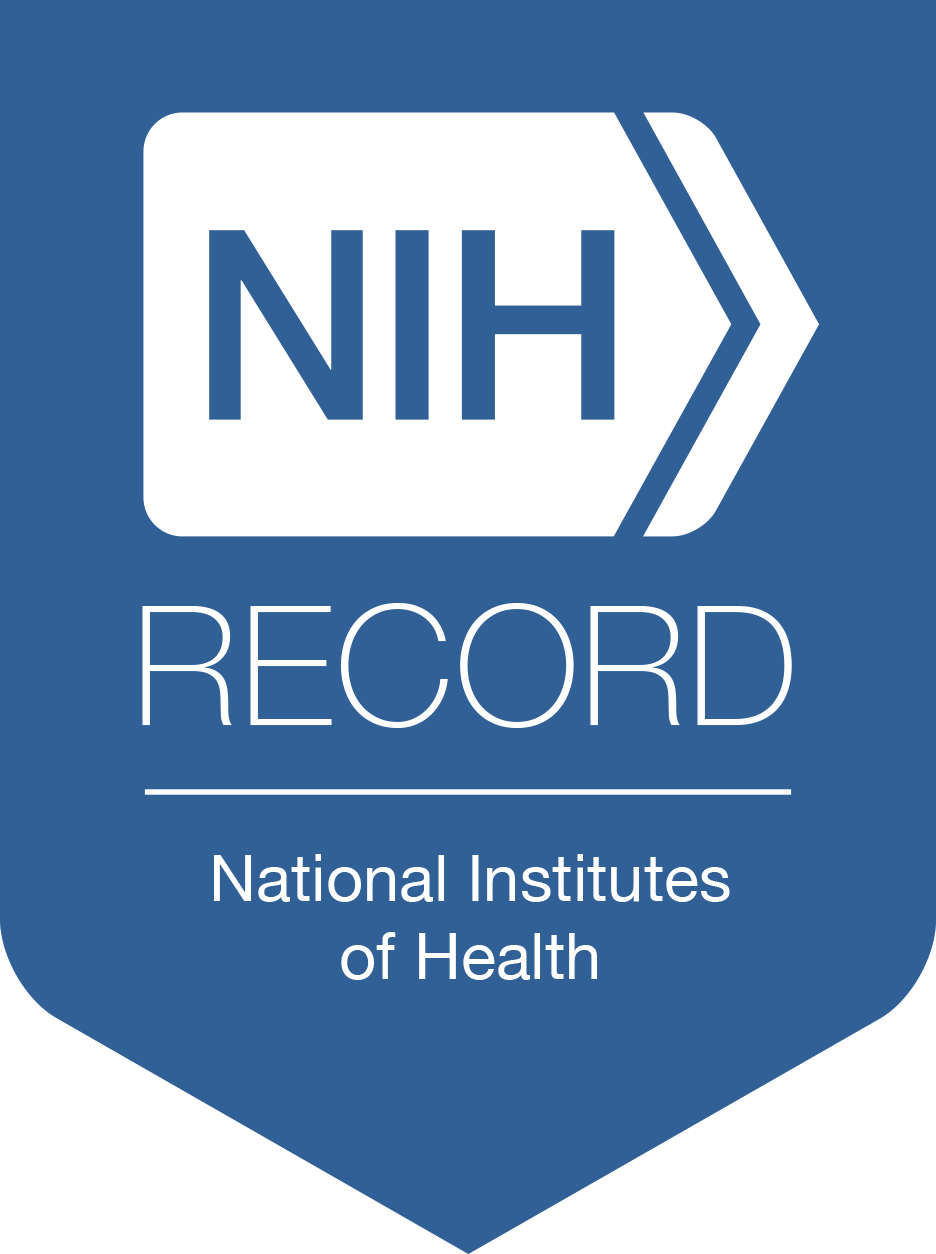NIH Investigator Discusses Heart Health
National Heart Month is celebrated in February each year, but protecting our hearts is a year-round process. Recently, Dr. Ayesha Siddiqui, a family medicine doctor and perinatal epidemiologist, spoke to NIH staff about heart disease prevention, during which she shared heart-healthy tips that can be implemented all year long.

Cardiovascular disease (CVD) is the leading cause of death and disability around the world. It’s the most frequent cause of death in the United States among people 45 and older. And yet, the vast majority of CVD is preventable.
Siddiqui’s talk focused on understanding cardiovascular risks and adopting heart-healthy habits, based on the most recent recommendations for primary prevention from the American Heart Association and the American College of Cardiology. Siddiqui, program director of the Clinical Applications and Prevention Branch in the Division of Cardiovascular Sciences at NIH’s National Heart, Lung and Blood Institute (NHLBI), discussed the ABCDEs of heart disease prevention: assessing risk; blood pressure control; cholesterol management; diet, exercise and screening.
Assessing Risk
There are several well-established risk factors for CVD including high blood pressure, high blood cholesterol; excess body weight and obesity; prediabetes or diabetes; smoking and lack of regular physical activity.
Age is also a risk factor: 55 or older for women, 45 or older for men.
Each one of these risk factors increases the chance of developing heart disease. The more factors, the higher the overall risk because the factors work additively, noted Siddiqui, so it’s important to understand them to help assess individual risk.
There are also risk-enhancing factors. Siddiqui noted these are more nebulous, but they have quite a bit of data behind them. These include family history of premature CVD, particularly a close relative; metabolic syndrome; chronic inflammatory conditions; chronic kidney disease; history of premature menopause and/or pregnancy-associated hypertensive disease (preeclampsia). Another risk-enhancing factor is primary hypercholesterolemia, a rare genetic disorder, unrelated to dietary intake, which predisposes an individual to CVD risk.
Some risk factors are non-modifiable; after all, people cannot change their genetics. But there are modifiable factors that are in our power to change or implement in caring for own cardiovascular health, after consulting a primary care doctor or cardiologist.
A note of caution about a previously accepted prevention strategy: Most data shows the risks of taking aspirin outweigh the benefits, so aspirin is generally not recommended for primary prevention, or to take preemptively, except in rare cases.
Blood Pressure
High blood pressure (hypertension) is the leading cause of CVD-associated death. Blood pressure can be influenced by genetics, weight, diet, smoking, alcohol intake, physical activity or stress.
Normal blood pressure shows systolic (upper number) as less than 120, and the diastolic (lower number) less than 80. Siddiqui noted that the latest AHA-ACC guidelines show a correlation between increased blood pressure, alcohol and cancer risk. Research shows that even moderate alcohol intake raises BP, which can increase CVD risk.
Cholesterol
The human body makes all the cholesterol it needs naturally. So the recommendation is to eat as little dietary cholesterol as possible. Dietary cholesterol is found in animal foods, including meat, seafood, poultry, eggs and dairy products.
Diet
A heart-healthy diet includes vegetables, fruits, nuts, whole grains, vegetables or lean animal proteins and fish. The recommendation is to avoid trans fats and limit red meat and processed meats refined carbohydrates and sweetened beverages. The DASH diet—developed by NHLBI— is designed to lower blood pressure and improve heart health.
Exercise

On average, people spend 7 hours a day working in front of a screen. The key is to replace screen time, when possible, with physical activity.
For physical activity, aim to get at least 150 minutes of moderate-intensity aerobic activity each week, or 90 minutes of vigorous-intensity exercise. The key is to get your heart rate up while exercising.
For those who are more sedentary, the objective is to incorporate moderate-intensity exercise when possible. For example, Siddiqui said, while at work, take the stairs instead of the elevator or take a walk.
Other lifestyle factors to keep in mind: elevated stress and inadequate or irregular sleep can also be CVD risk factors.
Siddiqui shared a list of cardiovascular questions to ask at an annual checkup. They include:
- What is my risk of developing heart disease?
- What is my blood pressure and, if elevated, what do I need to do about it?
- What are my cholesterol numbers and what do they mean to me?
- How much physical activity do I need to help protect my heart?
Getting a handle on risks and family history can lead to a personalized approach to preventing heart disease.
“The most important way to prevent heart disease is with a healthy lifestyle starting at a young age and throughout life,” Siddiqui said. Viewing cardiovascular health as a continuum can help us to achieve our goals and make each day count.
